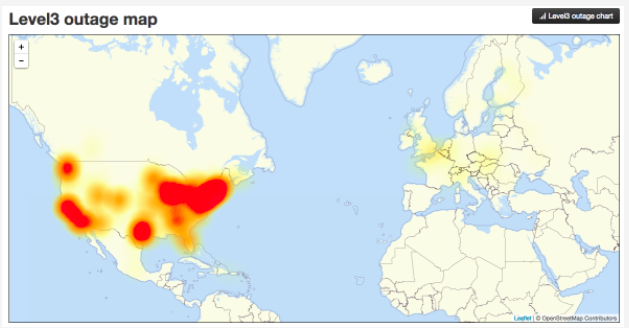Disruption of the Venture Capital Industry
For the purpose of this assignment, Keadyn, a venture capital firm from Rotterdam was analyzed. For privacy reasons, the technological solution cannot be fully revealed, but the way Keadyn is disrupting the Dutch VC market is interesting on its own.
Keadyn operates in the technology ventures industry, with a focus on early stage and seed-stage startups. The firm aims to invest a total of up to €50 million in 3 years’ time. The company operates primarily the Netherlands, but sourcing across Europe and EFTA. Expected timeframe per investment is 3 to 6 years.
Traditional VC model
Before we delve into how the industry is disrupted, we can look into how traditional VCs work. Investors, also called Limited Partners (LPs), invest in a fund that is operated by a General Partner. Investors put money in the fund but typically cannot decide what will happen with their money. The decision belongs to the board of that particular VC. Thus, this type of investing is suitable for investors that do not want to be involved in the investment process and only pick up the profits at the maturity. It is worth mentioning that traditional VC’s return on investment often underperforms the market.
The commitment from investors in a venture capital firm is usually 10 years. The General Partner commits only 1%-2% to the fund, but is eligible to around 20% of the profits. On top of that, VC’s charge yearly management fees to the LPs of around 2% of the investments by those LPs.
New approach to investing
Keadyn’s business model differs from the traditional Venture Capital (VC) model. Keadyn’s model is more similar to “angel investing”. The partners of Keadyn currently invest in startups with their own capital. In the future they are planning to do investments in which key keep at least 20% of the stake they buy to themselves and offer the rest to external co-investors. Hence co-investors will be able to decide whether they want to join a particular investment, deal by deal. Keadyn charges investors a 6% deal fee and then 25% on the upside when the investment is liquidated. For example, when the initial stake of a co-investor in the investment was €20,000 and the investment is sold for €100,000, Keadyn will charge a carry fee of 25% from €80,000.
The value proposition of Keadyn is that it works “With the money, not for the money”. Since Keadyn’s partners commit funds to a startup upfront, there are no agency problems. Investors can then decide for themselves, whether or not they think the deal is a good one.
The role of Keadyn does not end with the investment. It is in Keadyn’s interest to advise the startups, so they have better chance of success in the market. For this, Keadyn utilizes its network of professionals in different fields, such as legal and tax law, marketing, team performance, and financial analysis.
Industry development
Keadyn is not the only VC fund that changes their approach to investing. Next to traditional VCs, there are new competitors with an interesting business model. Two competitors in particular are worth mentioning:
AngelList
AngelList is a platform where investors and startups meet. Investors that are part of this network can find a deal to invest in, which makes him a “lead” in that investment. Then, the investor can find other leads to help him to perform the due diligence, but he also has to find followers that will join in on the deal. AngelList itself helps with administrative procedures. For that, AngelList takes a fixed charge of 8,000 dollars for completing the deal and administration. Additionally, AngelList takes 5% carry of the investment profit, with the investment lead taking 15%.
Gust
Gust is a SaaS platform that connects investors (VC firms and Angel groups) with startups. It offers a CRM tool both for Investors and startups to help monitor the deal flow. Investors are able to track their portfolio, collaborate with other investors and track their investment related calendar. Startups are able to upload their business plan and track their pitches.
The future of VC industry
The VC industry is more and more affected by technological shifts. There is a trend of VC firms starting to make use of data science to speed up the deal making process as well as bring consistency into their decision-making.
Some examples of this new approach include Google Ventures and Correlation Ventures. While the former uses various data-driven algorithms to help them make investment decisions, the latter has built the “world’s largest, most comprehensive database of U.S. venture capital financings”, which includes key information about most of the pursued investments made over the past two decades and allows them to make predictive models as a guide for their own investments decisions in less than two weeks’ time.
These examples illustrate new trends that are becoming more popular within the venture capital industry, however, for the moment only big companies with huge investment funds can actually benefit from this data-driven approach.
By Adrianna Henc 463511, Eva Novotna 370931, Stephan Verhoeve 459523, Joanna Małkowicz 462688




